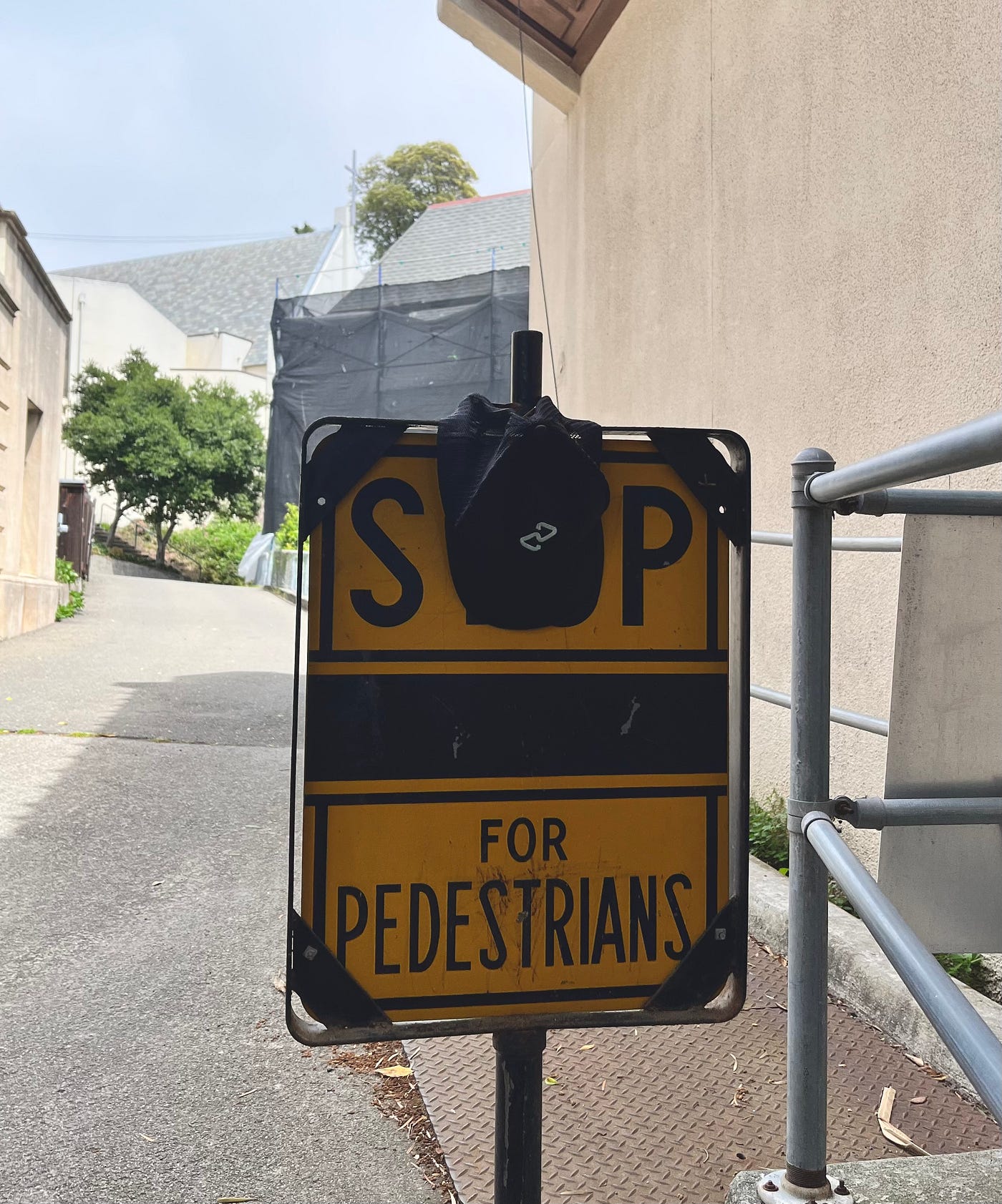The State of Buy Now Pay Laters
Buy Now Pay Later payment options, such as Affirm, Afterpay and Klarna, are here to stay. Why?
You’ve probably already heard of Affirm, or Afterpay, or Klarna. Or you might’ve seen your bank give you the option to ‘pay in installments.’ If you haven’t, it might be a good time to go read up on what is now known as “Buy Now Pay Later” (BNPL) payment options.
Today, I want to discuss where BNPLs are at, where they’re going and why—in my opinion. It’s an interesting solution for an interesting problem, and the actual product is much more developed than you might think.

What makes me qualified to discuss BNPLs? Well, read this press release by Affirm. I was on the Stripe side of this partnership, building out some of the important integrations to make it possible. If you have a Stripe account and log into the dashboard, you can go see my work today—I was an intern on the Stripe BNPL team from January to April of 2022 and again from May to August 2023. So I’ve got a decent amount of experience on the product.
The first time I was at Stripe, I worked on actually building out the BNPLs on Stripe. The second internship, I worked on growing and expanding their reach and adoption. It’s cool to have this longer relationship with the team and the product: I’ve been able to see the usage, metrics, and product change over the course of a year and a half-ish now.
I do want to put a disclaimer that a lot of data and processes I’ve seen are confidential—some of the information I have is actionable and I cannot legally or ethically discuss it. The main two BNPLs that I have context on are Afterpay (NYSE: SQ, owned by Block) and Affirm (NASDAQ: AFRM), which are both public traded. I want to note that I do not hold any SQ and AFRM, nor do I hold ETFs that consist of SQ or AFRM at the time of writing. That being said, this will focus on my opinions about the space, broad generalizations about ‘data,’ and public information aggregation.
So why have BNPLs at all, why do they exist? Well, younger generations often have less access to credit and capital. BNPLs attempt to serve this demographic, offering what is essentially a new type of credit without the need for credit checks. Need that $300 bed but also need to pay bills? Spread it out over 4 months. Want that $50 Urban Outfitters shirt, but also need dinner? Pay it later.
Stripe claims to see an average order value increase of 40% when Afterpay is offered, and up to 85% with Affirm. I think these numbers need to be updated, but it’s not a crazy proposition. Regardless of the exact number, people are willing to spend more when the cost is not upfront. At a pretty high level, BNPLs encourage consumer spending, especially for demographics that don’t have access to credit.
To be clear, I’m not entirely sure that this needs to exist. I’m personally pretty bearish on BNPLs as a thing. I think it encourages risky behavior especially for vulnerable populations. Letting people pay for stuff later abstracts the concept of money even more so, and actually paying for that $1,000 thing (even over time) can end up hurting your wallet. But nonetheless BNPLs exist now. The question becomes, do BNPLs have staying power?
People often look to known economic indicators as signs of staying power. Well, AFRM and SQ aren’t the hottest stocks on the proverbial block (although SQ has had an impressive 3 month run at the time of writing). You can interpret this as an indicator that maybe they won’t survive long-term. You might also discover that Affirm and Afterpay are currently not profitable. Missing from this conversation so far is Klarna and other BNPLs such as Apple Pay Later, Zip and many others. Although it’s not there, Klarna is getting closer and closer to profitability. So none of the BNPLs are currently profitable and aren’t giving huge returns on the stock market (with exceptions). One naive interpretation of these metrics is that it points towards BNPLs not being a successful product. However, there has to be a reason for accepting these net losses and poor stock performance. Right?
I think there is. Like with Uber and Lyft popularizing consumer rideshares, changing culture enough to accept BNPLs as a valid payment method is a slower process that requires heavy investing at losses. I think we’re getting to a point now where most people have at least heard of a BNPL, and close to half of people (41% in 2022) in the US have actually used one now. BNPLs desperately want to be the tech-forward solution to the problem of card payments. And they somewhat are.
To be clear, I don’t think just stock performance and gross losses/profits gives us a clear enough picture of where BNPLs are headed.

It’s easy to sign up for an account with a BNPL. I know because I actually dog-fooded the Afterpay onboarding process. I was at Urban Outfitters the other day and used Afterpay for my purchase. It was relatively painless—not at all like signing up for a credit card.
And because BNPLs were built out in the late 2010s and 2020s, it’s a lot easier for them to integrate with contemporary technology. Doordash has integrated with Afterpay. Affirm has integrated with Shopify. Apple Pay Later is automatically supported by Stripe through Mastercard installments. The apps are clean, smooth and user-friendly—something we’ve come to expect from contemporary technology. This fact will drive a lot of partnerships with companies and will encourage customer retention.
I believe that this combination of accepting losses to change culture and technologically-forward thinking will ultimately lead to BNPLs surviving and then thriving. Banks are trying out their own in-house BNPLs solutions (ever seen that message on your bank account saying something like “pay for this in installements”?), but they’re behind technically by many years. New BNPL startups are much better positioned to take up this ‘market need.’
Additionally, if the market enters a recession, I believe that BNPLs will solidify themselves in the minds of consumers as a valid and preferred payment option. When people are tight on liquid cash, they’ll look to other options to purchase things they need and/or want, and the pay later aspect will be crucial to their decision.
BNPLs are already growing. This is evident in their adoption numbers, payment volume numbers, and consumer research. I believe that if the trend continues, we’ll see a significant challenger to the credit card. Other popular payment options in the US don’t pose the same threat in my opinion. In the coming decade, we’ll see a large shift from credit cards to new tech-forward payment methods, and I believe BNPLs to fill that void where payment options like Apple Pay, Zelle or Venmo can’t.
Afternote: Truthfully, this piece is partially written just for me to look back on and see if my prediction held up. This isn’t at all meant to be traded on or as financial advice. Who really knows what the future holds? This is my best guess as to the outcome of this one very specific product given the amount of time I’ve spent analyzing and understanding it. Take it as you will.




